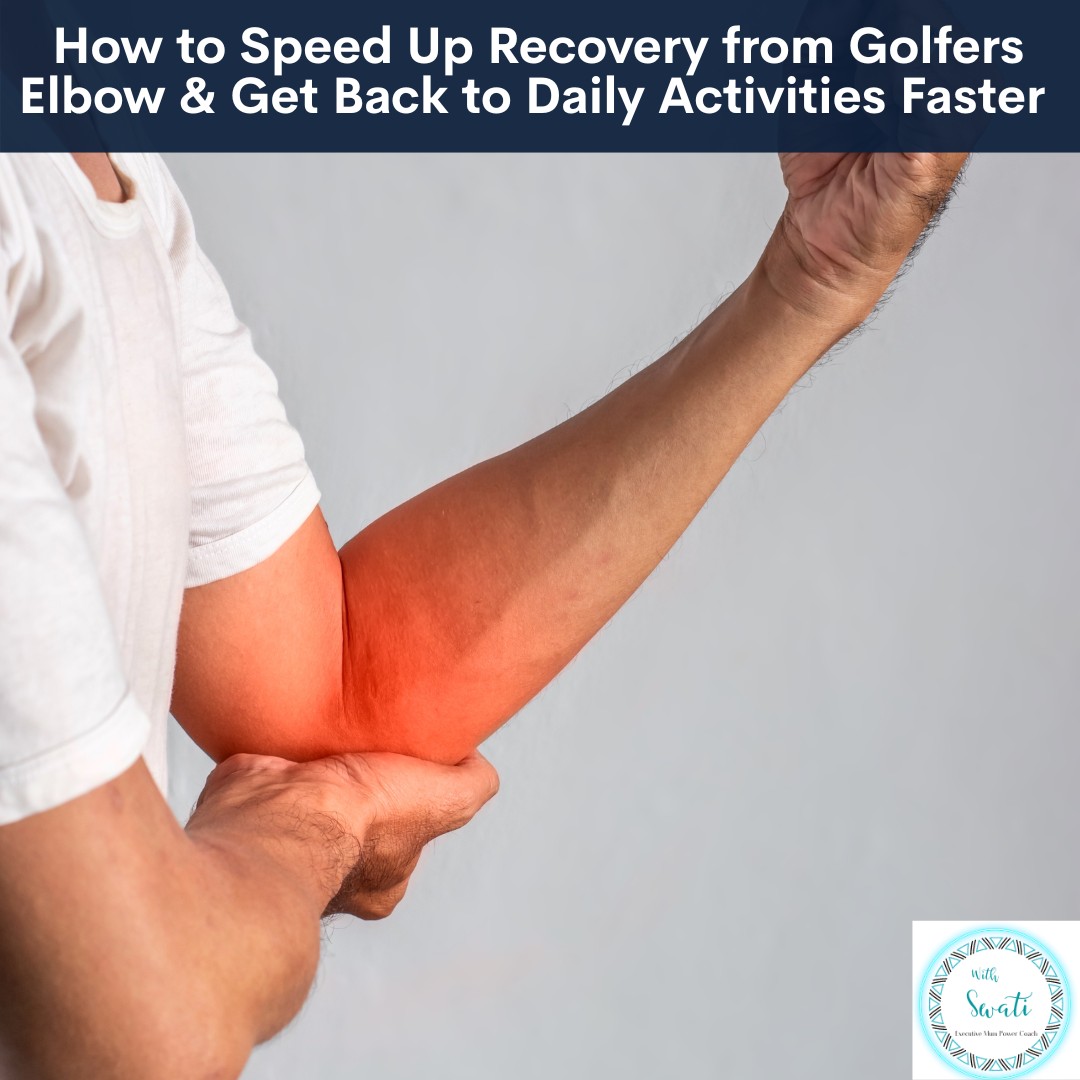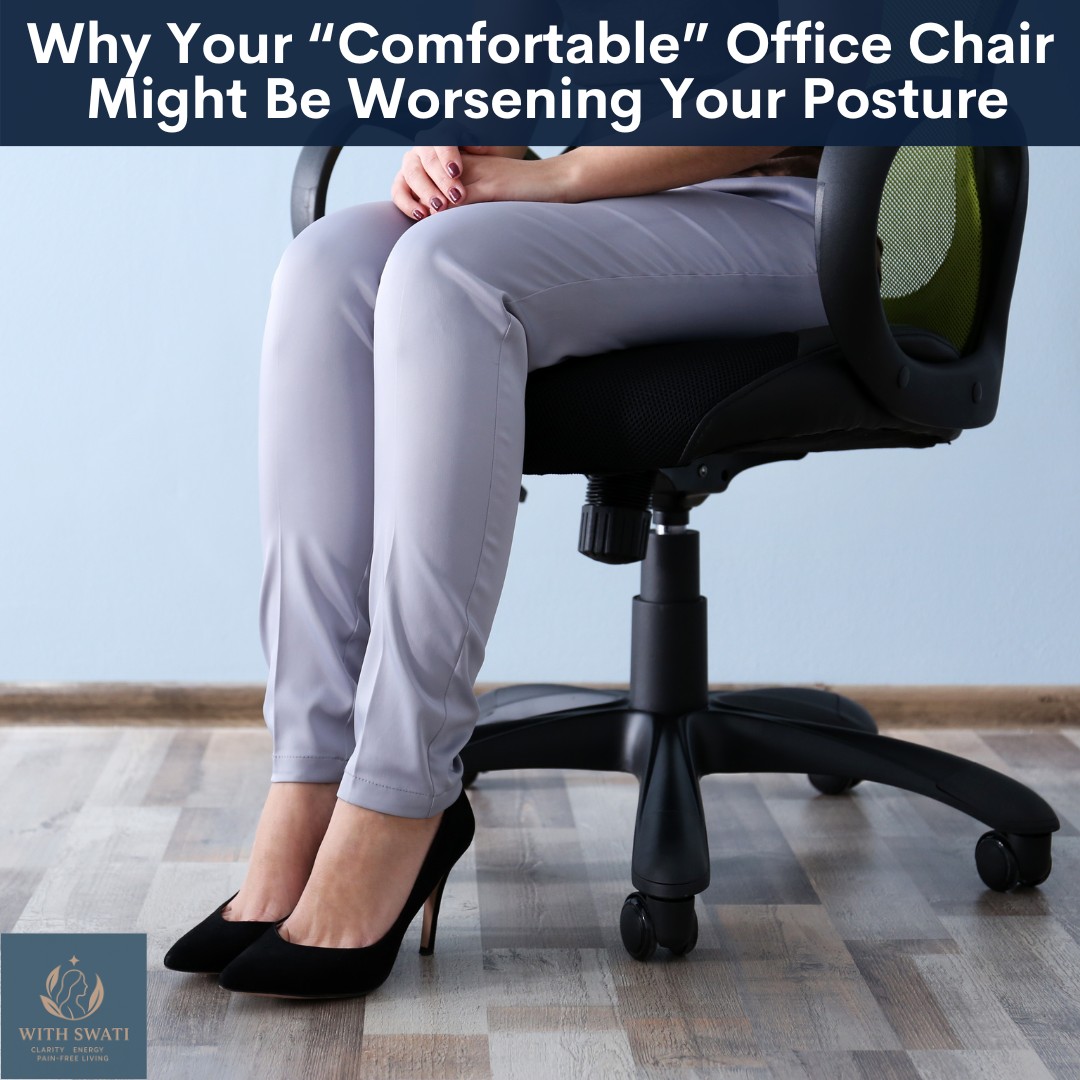
If you are a busy mom juggling emails, errands, and endless to-do lists and now dealing with nagging elbow pain that just won’t go away, you are not alone. Maybe you have brushed it off as a sprain, overuse, or just “getting older.” But here’s the truth: what feels like generic arm pain could actually be tennis elbow, also called lateral epicondylitis and it is often missed or ignored until it becomes chronic. In this blog, lets discuss why Tennis elbow is often missed as the cause of elbow pain ...
Read more...
As an executive mom, you don’t have time to sit on the sidelines. Whether it’s typing, lifting your toddler or carrying heavy bags between meetings and errands, elbow pain makes it harder to keep up with your day and when it lingers, it can feel incredibly frustrating. Golfers elbow isn’t just for golfers or athletes. It is caused by repetitive strain and overuse of the forearm and wrist muscles and its surprisingly common in moms who spend long hours at a computer or constantly multitasking with their hands. But you don’t need to suffer through it or rest endlessly waiting for relief. Recovery is possible with the right targeted, doable strategies. In this blog, lets discuss how to speed up your recovery from Golfers elbow and get back to daily activities faster ....
Read more...
As an executive mom, chances are your days are packed from back-to-back meetings to running the household and everything in between. You are juggling it all, but when those headaches hit, its like your body forces you to slow down. You have tried the usual things: painkillers, hydration, maybe even blue light glasses. But the headaches keep coming back and deep down, you know something is being overlooked. Here is the truth most people miss: if your headache strategy doesn’t include managing neck tension, you are only scratching the surface. Lets discuss more in this blog ....
Read more...
If you're an executive mum dealing with the discomfort of Golfer’s Elbow and have also noticed numbness, burning or tingling in your hand and fingers, you're not alone. Managing a high-stress job and family life can make dealing with these symptoms even more frustrating. Golfer’s Elbow, known as medial epicondylitis, typically presents as pain on the inside of the elbow, but additional symptoms like numbness in the fingers can be concerning. In this blog lets discuss how Golfers Elbow can cause tingling or numbness in the hand and fingers ...
Read more...
As an executive mom, you maybe no stranger to long days and packed calendars. But if you find yourself feeling completely wiped out by mid-afternoon, despite eating well and trying to ‘do everything right’, it might not just be your busy schedule. It could be the hidden energy drainers woven into your daily routine.
The truth is, it is often not the big things that wear us down. It is the small, repeated habits that quietly tax your body and nervous system until you are running on fumes. And the most frustrating part? You have probably been taught to ignore them or ‘push through’. In this blog, let's talk about what is really draining your energy and what to do about it ...







